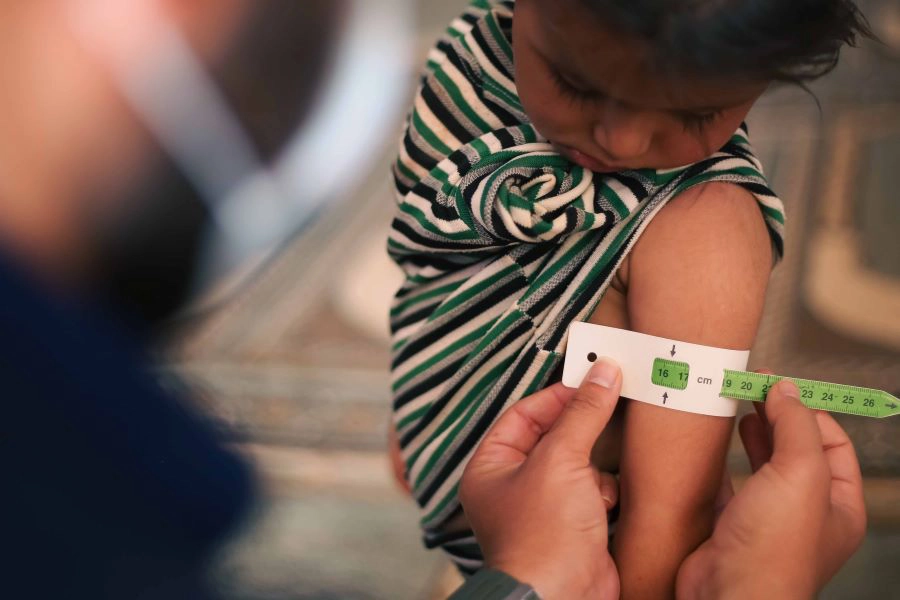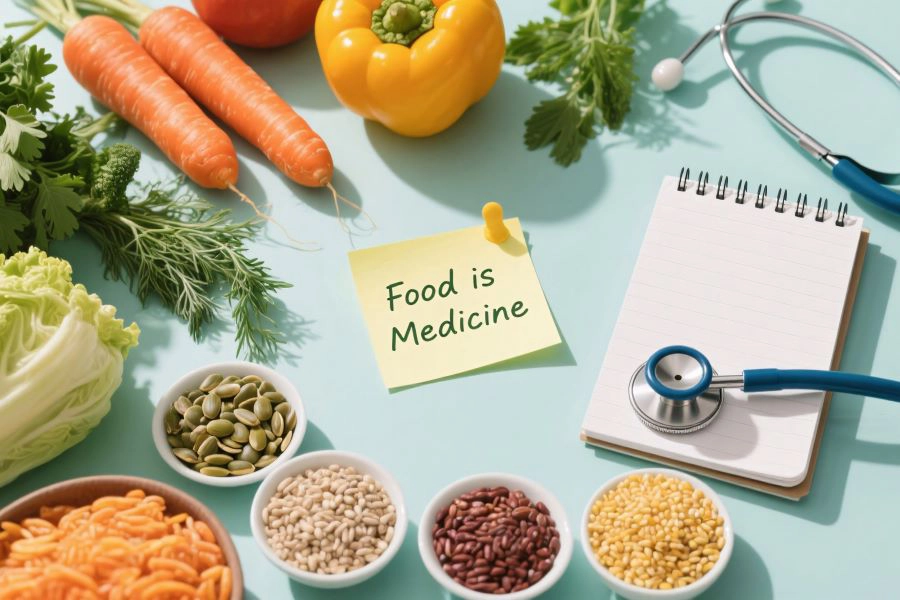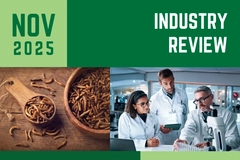World Food Day 2025: FAO calls for increased collaboration to combat global malnutrition
Key takeaways
- World Food Day 2025 stresses collaboration across health, agriculture, and education sectors to provide healthy, affordable food for all.
- Hunger remains critical in hotspots like Sudan and Gaza, with millions of children affected by stunting, wasting, and malnutrition due to war.
- Experts advocate treating food as medicine, promoting systemic reforms, sustainable food systems, and community-driven solutions to combat malnutrition.
Today marks World Food Day with the theme “Hand-in-hand for Better Foods and a Better Future.” It also marks the founding of the UN Food and Agriculture Organization (FAO) and is a day to reflect on the links between food and health.
“No single solution or actor alone will solve this challenge — but collaboration across health, agriculture, and education sectors can move us closer to a future where healthy food is available and affordable for all,” says Thomas Pesek, Senior Liaison Officer at the FAO Liaison Office for North America.
The 2025 State of Food Security and Nutrition in the World (SOFI) report estimates that 638–720 million people, or 8.2% of the global population, may have faced hunger in 2024, down from 8.5% in 2023. More people were found to afford healthy diets, but inflation and budget cuts jeopardize gains.

“Eighty years ago, in a world ravaged by war, countries came together to defeat hunger. In the decades since, the world has made dramatic advances. Yet recent crises demonstrate that we cannot drop our guard if we are to sustain these gains,” says UN Secretary-General António Guterres.
“We have the tools, knowledge, and resources to end hunger and provide good, healthy food to all. What we need is unity. Today, around the world, 673 million people still go to bed hungry every night. Many more face daily uncertainty about their next meal. Global progress is far too slow and, in some regions, reversing.”
SOFI cautions that hunger continues to rise in most subregions of Africa and Western Asia. By 2030, a projected 512 million people will still be chronically undernourished globally, of which nearly 60% will be in Africa.
Eyes on hot spots
Guterres notes new challenges today point to burgeoning obesity rates and climate shocks threatening food security. Unfortunately, “hunger is being weaponized” in conflicts where people are starved, leading to famine. World Vision New Zealand draws attention to Sudan and Gaza, for instance.
 Hunger hotspots, including Sudan, Gaza, and South Sudan, show rising malnutrition, with millions of children at risk of stunting and wasting.Fourteen million people are displaced in famine-like conditions in North Darfur, where a child dies every two hours from hunger in Zamzam Refugee Camp.
Hunger hotspots, including Sudan, Gaza, and South Sudan, show rising malnutrition, with millions of children at risk of stunting and wasting.Fourteen million people are displaced in famine-like conditions in North Darfur, where a child dies every two hours from hunger in Zamzam Refugee Camp.
According to the European Commission’s Joint Research Centre’s latest Global Report on Food Crises, acute food insecurity rose from 281.6 million in 2023 to 295.3 million in 2024, primarily due to the armed conflicts in Nigeria, Myanmar, and Sudan.
A UN hunger hotspot report warned that Sudan, Palestine, South Sudan, Haiti, and Mali are of the utmost concern. NGO Care’s new report finds that Yemen is now the world’s third biggest food crisis, as half of its people face hunger and almost all children under five are chronically malnourished.
A recent UN study found that over 54,600 Gaza children are acutely malnourished, with rates rising during aid blockades and falling during ceasefires. The World Food Programme recently launched a massive Gaza food aid scale-up, restoring 145 distribution points to reach 1.6 million people after the ceasefire deal.
Urgent reform for children’s health
World Vision New Zealand calls on global leaders and donors to invest in child nutrition. The malnutrition crisis can be ended; otherwise, it will hinder the health and future of millions of children.
It warns that 148 million children are stunted, and 45 million survive in wasting conditions. Alarmingly, nearly half of children’s deaths are linked to malnutrition.
“These aren’t just numbers — they represent futures lost,” says TJ Grant, acting national director of World Vision New Zealand. “Every child deserves the food they need to develop a healthy body and mind. Malnutrition doesn’t just stunt growth — it steals potential and robs the world of future leaders, innovators, and changemakers. We cannot allow this injustice to continue.”
“Hunger is not about scarcity — it’s about inequality, broken systems, and a lack of political will. There is enough food for every child. What’s missing is action.”
He also highlights that hunger and climate change are impacting health. With extreme weather destroying crops and disrupting food systems — “hitting the poorest communities hardest.”
 Hunger hotspots, including Sudan, Gaza, and South Sudan, show rising malnutrition, with millions of children at risk of stunting and wasting.“In countries like Afghanistan, Malawi, Uganda, and Tanzania, food scarcity forces families to settle for cheap, insufficient meals instead of healthy, nutritious options — leaving children malnourished and more vulnerable to illness and death.”
Hunger hotspots, including Sudan, Gaza, and South Sudan, show rising malnutrition, with millions of children at risk of stunting and wasting.“In countries like Afghanistan, Malawi, Uganda, and Tanzania, food scarcity forces families to settle for cheap, insufficient meals instead of healthy, nutritious options — leaving children malnourished and more vulnerable to illness and death.”
FAO’s new report on the Democratic Republic of the Congo warns of acute malnutrition among Indigenous Peoples, who face an unjust lack of nutritious food due to climate shocks, conflict, displacement, and unequal access to natural resources.
“Currently, we no longer have the foods we traditionally eat. What we ate before is no longer in our forests, and finding it has become very difficult. We are left with misery, diseases, and suffering,” says an Indigenous woman in Tanganyika.
FAO draws attention to food as medicine
On October 16, the Food is Medicine and Eating for Health event, organized by FAO and US universities and other partners, is hosting “Food is Medicine and Eating for Health” in honor of World Food Day. It explores how food brings health and wellness, with nutrition being key to preventing and managing chronic diseases, enhancing overall well-being, and fostering sustainable food practices for a healthier world.
“Food is not just about nourishment — it is medicine, and it holds the power to shape our health, communities, and planet,” states Kathleen Merrigan, executive director of the Swette Center for Sustainable Food Systems at Arizona State University, US.
Danielle Nierenberg, President of Food Tank, comments: “We don’t need to wait for top-down solutions. Communities are already leading the way — innovating, educating, growing food, and fighting for access and justice. What they need now is more support, resources, and recognition to scale their impact.”
“Food is Medicine and Eating for Health is a chance to celebrate those efforts and remind us that building a healthier food system isn’t just possible, it’s already happening.”















